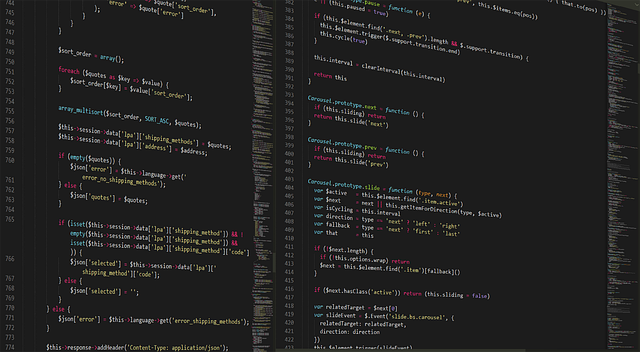
The Future of IT: Exploring Distributed Programming in Information Technology
The Future of IT: Exploring Distributed Programming in Information Technology
In an era where technology is advancing at breakneck speed, the landscape of Information Technology (IT) is constantly evolving. One of the most exciting areas gaining traction is distributed programming. This innovative approach not only optimizes computing resources but also enhances collaboration, scalability, and efficiency.
Understanding Distributed Programming
At its core, distributed programming refers to the method of executing tasks across multiple computing devices that are interconnected through a network. Imagine a symphony where each musician plays their part in harmony, creating a beautiful melody; that’s how distributed systems work together to solve complex problems efficiently.
The Significance of Distributed Programming in IT
As more organizations embrace cloud computing and IoT, the need for distributed programming becomes increasingly apparent. This approach allows organizations to leverage their resources more effectively, ensuring that computing power is utilized to its fullest potential. By distributing workloads across multiple nodes, systems can handle larger datasets and execute processes more quickly than traditional centralized systems.
Benefits that Resonate with Developers
For developers and IT professionals, distributed programming offers a plethora of benefits:
- Scalability: Distributed systems can grow with the organization’s needs, easily accommodating increased workloads without a complete overhaul.
- Reliability: By distributing tasks, systems are less likely to fail as parts of the network can take over if one node goes down.
- Collaboration: Teams can work more freely and effectively, building complex applications that take advantage of shared resources.
The Tools of the Trade
With the rise of distributed programming, several tools and frameworks have emerged to aid developers in their journey. Technologies such as Apache Kafka, Kubernetes, and Docker allow teams to build microservices that can operate independently yet cohesively, enhancing their development capabilities.
A Future Full of Possibilities
As we look ahead, the potential for distributed programming in IT seems limitless. From artificial intelligence to machine learning, the ability to execute tasks across distributed networks will only enhance the capabilities of developers and organizations alike. Embracing this new paradigm not only prepares us for future challenges but also redefines how we interact with technology.
The world of coding is changing, and by understanding and implementing distributed programming, IT professionals can forge paths towards innovation that benefit not just their organizations but the entire technology landscape.



